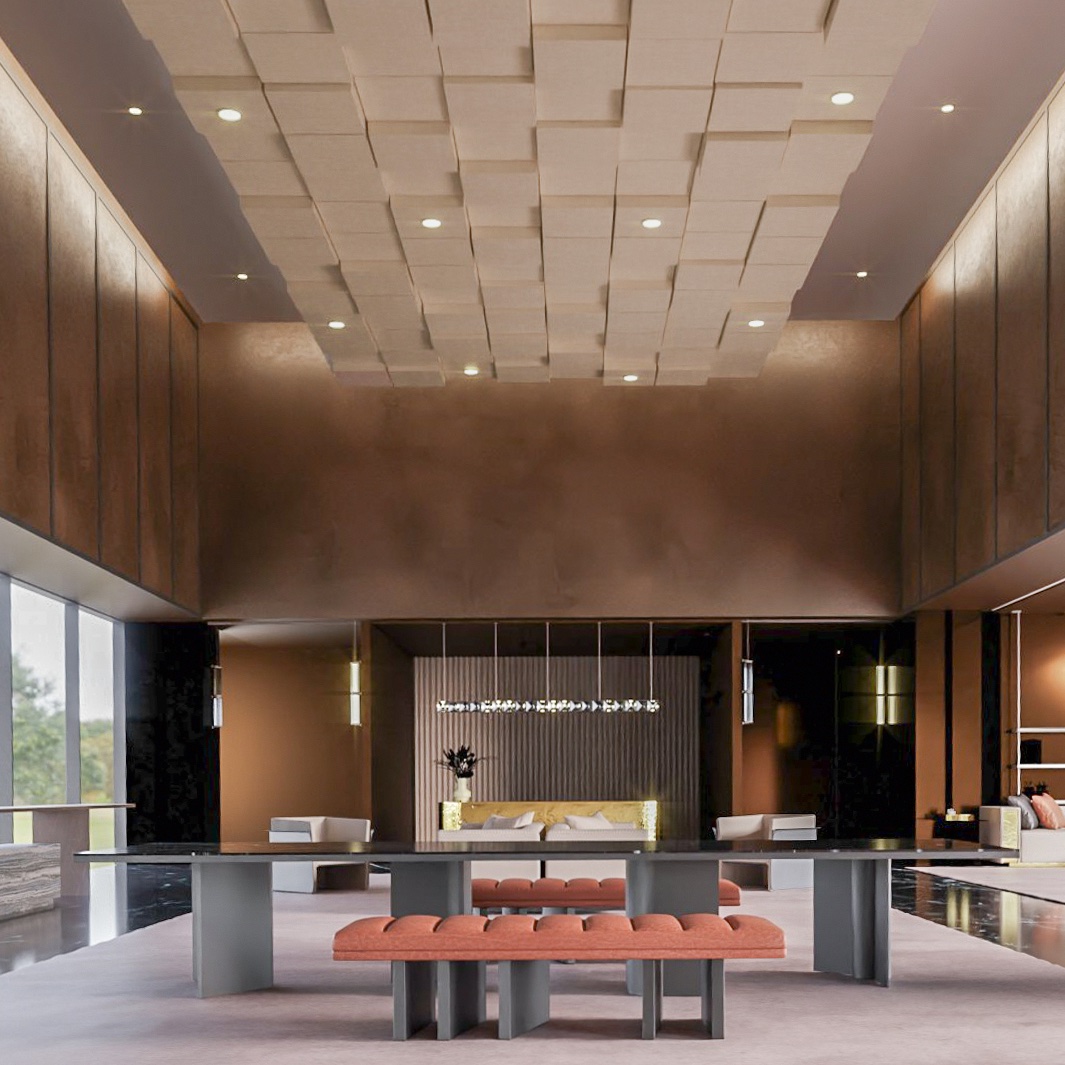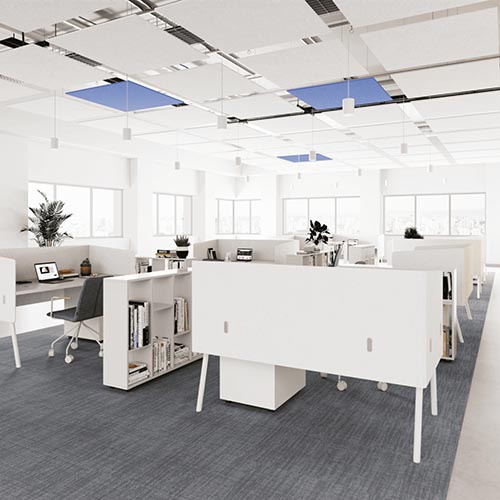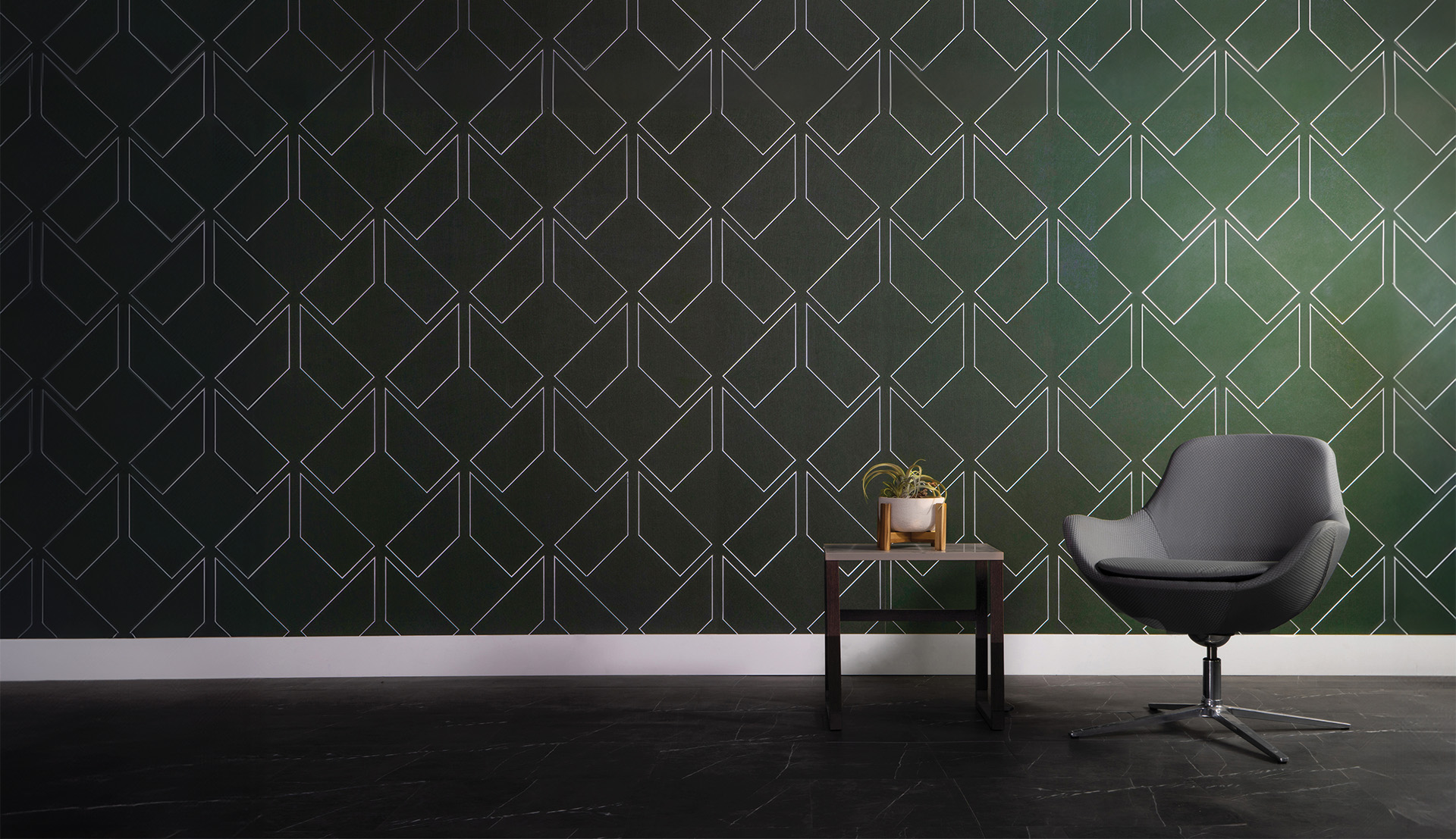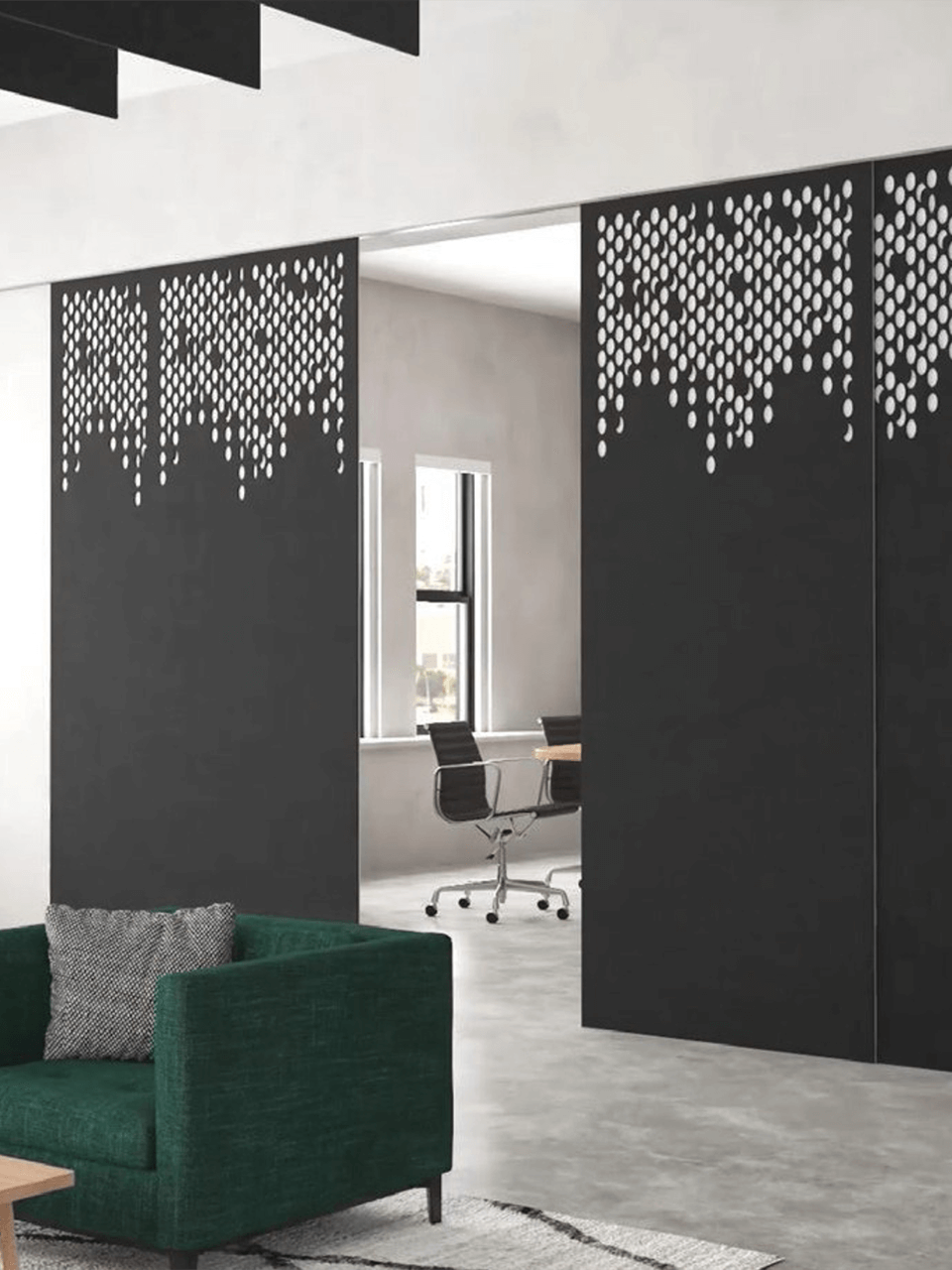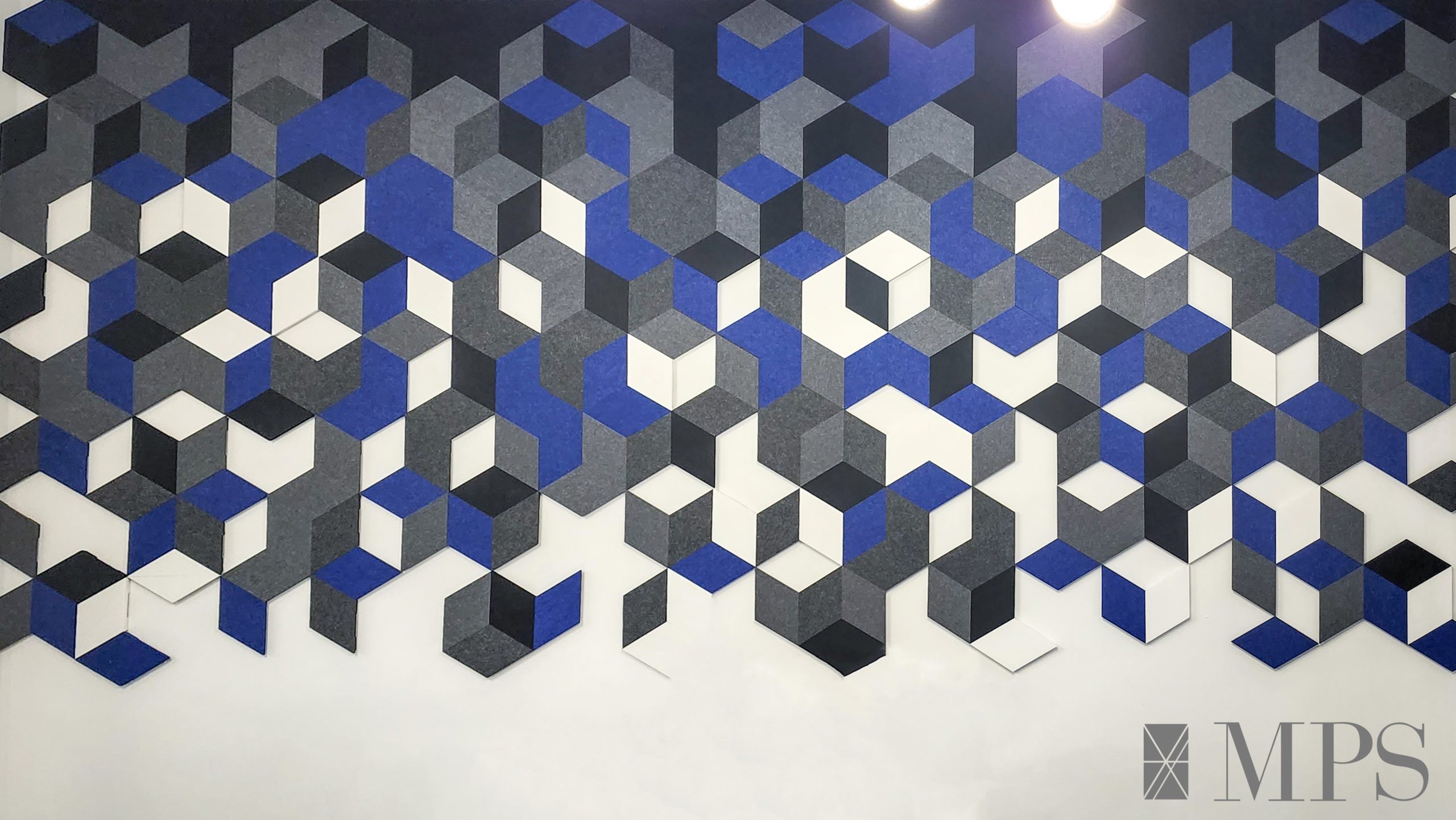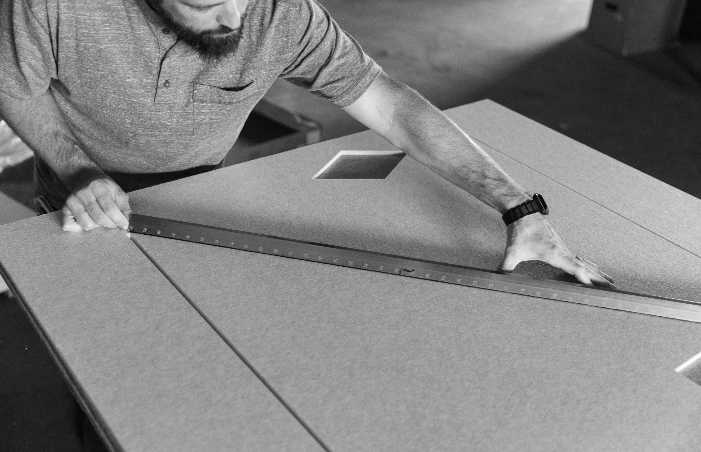Silence still fosters better concentration, if not for the negative aspect of magnifying intermittent speech and in consequence, the complete loss of speech privacy.
Silence is more associated with sleep and rest than work. A study found that moderate noise has positive effects on employee creativity, and in another study, intermittent speech, such as heard during absolute quiet, is found to be more distracting to cognitive tasks–reading, listening and calculating– than non-speech noise.
In comparison, music improved positive emotions, task completion times, and sports performance/physical work, but is disruptive to cognitive tasks like reading. This isn’t surprising, given the structured and often spoken elements of music.
Employees talking to each other or on the phone spoken, patterned sounds and signals. Our brains are hardwired to distinguish and pick out such signals and speech. The distraction leads to stress, and stress leads to error rates, disengagement, slower turnaround times, and increased absenteeism.
By contrast, employees are more engaged when the noise is manageable in the background, and when managers actively encourage communication and recognize work well done.
Productive talk
The workplace is changing toward co-working and managers are required to take a more active and friendlier engagement with workers.
Only 21% of employees feel they are managed in a motivating way, according to a Gallup poll. Plenty of studies support that more frequent conversations with managers are important, but managers themselves don’t feel equipped to step up to this expectation, afraid it would make their teams feel micromanaged, or feel it’s an unnecessary interruption and contribution to an already noisy office.
Making employees happy by providing a stress-free environment conducive to productivity is just a small part. Team members are most engaged when their superiors and colleagues ensure that they are given the training, opportunities, and support needed to be successful in their roles.
Radius of distraction
Aside from intermittent speech, other noise also travels in quiet space. The radius of distraction — meaning how far noise or speech travels — can be as large as sixty feet. Footsteps in the hallways, conversation from passersby, a dropped pen, a ringing phone, all these become sudden and jarring, all the more damaging to worker focus.
Encourage productive talk and reduce the radius of sound
MPS patented sound masking technology minutely adapts to every working environment’s daily noise levels and covers up softer, background noise (street noise, normal office cacophony) and diminishes the impact and intelligibility of louder, structured noise (like speech) by reducing the magnitude of change between baseline and peak volumes in the space.
MPS acoustic panels are functional art, adding color and dimension to the workplace and contributing to noise absorption and blocking.
Together, acoustic panels and adaptive sound masking reduces the radius of distraction of sixty feet to as little as ten feet, protecting everyone’s concentration during intensive work. This has been shown to measurably improve worker engagement:
- Focus improved by 40%
- Distractions reduced by 51%
- Stress reduced by 27%
- Error rates reduced by 10%
- Productivity increased by 10% – 40%
Productive talk, coaching conversations should be encouraged. It may sound a lot like micromanagement, but it’s more about genuine inclusion, energizing the employee for future tasks by letting them see the importance of their work, not breathing down their neck and “supervising” them.
This collaboration and frequent motivation need to happen without distracting the rest of the workplace. Employee engagement is recovered, and focused employees are 3x more creative, with 50% fewer errors/accidents.
The results?
- 37% higher sales
- 3x higher profit margins
- 19.2% improvement in operating income
Read more about how MPS exclusive patented technology and the ROI of intelligent sound masking.

